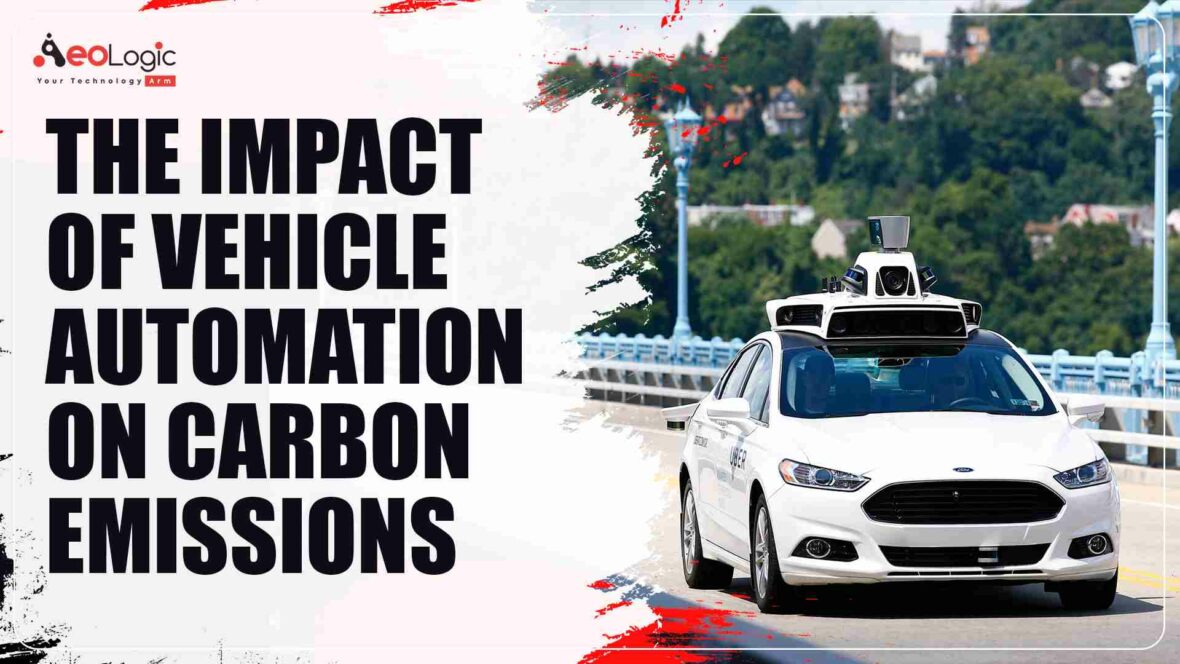When one thinks of autonomous vehicles or AVs, it is difficult not to imagine the world of the future. It is easy to imagine safely cruising down the highway. While reading for pleasure or writing a work-related email. Rather than seeing the road. Vehicle automation is promising to transform how people get to work, and run errands. Children could be commuting to school alone, without relying on a parent. One can also visualize a sight-impaired person traveling alone to a doctor’s appointment. In cities, someone could hail an autonomous vehicle with a ride-sharing app. And therefore, ride with other passengers going in a similar direction. Hence, this is the impact of vehicle automation. The thought of driverless robot cars is capturing the public’s imagination as automakers and technology companies are promoting AVs’ potential leisure, safety, and environmental benefits.
The impact of vehicle automation particularly those that are passenger cars are significantly affecting the country’s ability to cut greenhouse gas emissions. Thus, moving toward a carbon-free economy. Existing studies are suggesting the three main factors will determine whether putting more AVs on the road increases or reduces tailpipe carbon emissions. These are as follows
- the effect on the total vehicle miles traveled in the United States
- impacts on congestion
- AVs’ fuel efficiency and the effect of fossil fuel consumption
As such, driverless vehicles must be assessed not only for their safety but also for their consequence on carbon emissions levels.
Because of this, the Center for American Progress reviewed the existing literature on the environmental impacts of automation in the light-duty vehicle sector. We found that existing research is not drawing clear and consistent conclusions about the impact of vehicle automation on the environment and climate specifically.
In particular, the research reviewed presented that:
Vehicle miles traveled, or VMT
The aggregate number of miles driven by vehicles in a given year could rise because automation cuts down the opportunity cost of driving. Hence, this could be encouraging for people to take more car trips or take longer commutes. Since drivers would be having the ability to multitask in vehicles rather than focusing on the road. Moreover, autonomous vehicle technology is allowing groups of people currently unable to drive. For instance, the young, elderly, and people with disabilities. Traveling alone in autonomous vehicles, putting more people on the road.
Also read: Here’s How IoT can Manage EV Transition in India
If autonomous vehicle technology is paired with the ride- and car-sharing services then VMT could decrease. A system of shared autonomous vehicles could then discourage individual car ownership. And using technology to plan efficient routes to transport people from point to point. At the same time, however, shared autonomous vehicles will be increasing overall VMT if they make frequent passengerless trips to pick up their next client. Therefore, specialized software programs will be mitigating this effect by planning the most efficient routes.
Reducing congestion
Subsequently, the impact of vehicle automation will be reducing congestion and making each mile traveled more efficient. Autonomous vehicles will be communicating with each other and their surroundings may drive more smoothly, without requiring them to frequently brake and accelerate. Fully autonomous and connected vehicles will be mitigating the number of traffic accidents. And, therefore, unnecessary idling on roads.
Boost your business performance with our automation solutions!
Benefits of automation
Drivers may not be realizing the congestion benefits of automation for years until a large share of vehicles on the road are equipped with autonomous technology. In the shorter term, VMT and congestion could be worsening as autonomous vehicles join the fleet without displacing conventional vehicles.
Also read: Role of IoT in Fuelling EV Charging Future Growth
Conclusion
Today, automakers are already adding features to new vehicle models that are assisting drivers, such as parking assistance, lane centering, and automatic braking. As these features are becoming standard in cars, automakers are setting their sights on creating autonomous vehicles that do not require drivers at all. Silicon Valley and ride- and car-sharing companies are investing in technology and betting on the transportation industry’s shift toward autonomous vehicles.
Drop us a text at support@aeologic.com for more information!
FAQs
How are autonomous vehicles affecting the environment?
AVs are having a massive potential to curb emissions simply because they operate much more efficiently than traditional vehicles. The amount of gas burned by traditional vehicles is affected by the driving style.
How are driverless cars reducing emissions?
Electric vehicles—containing electric AVs—do not emit carbon or other pollutants at the tailpipe. Because of the efficacy of electric motors, electric vehicles have lower emissions than gasoline-powered vehicles, even if they implement electricity from a grid relying on fossil fuel plants






